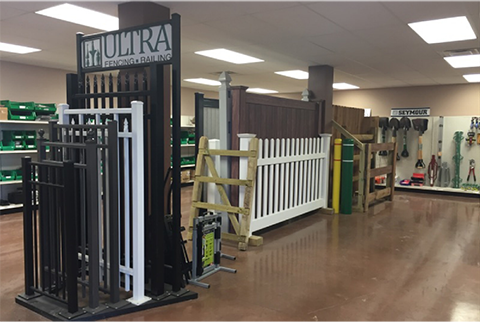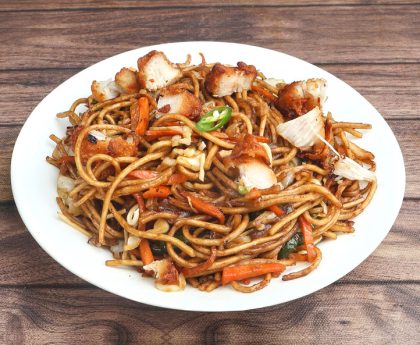When it comes to fencing your property, selecting the right material is crucial. Not only does it impact the aesthetics of your space, but it also affects the security, maintenance, and overall cost of your fencing project. With a wide range of fencing materials available, each with its own unique characteristics, it can be overwhelming to make a decision. In this guide, we’ll explore some of the most popular fencing materials, their pros and cons, and tips for choosing the right one for your needs.
Wood Fencing
Wood fencing is a classic choice that offers a natural and rustic look. It’s versatile and can be stained or painted to match your aesthetic preferences. However, wood fencing requires regular maintenance, such as staining or painting, to protect it from the elements and prevent rotting or warping. Cedar and redwood are popular choices for their natural resistance to decay and insects.
Vinyl Fencing
Vinyl fencing is a low-maintenance option that is resistant to rotting, fading, and cracking. It’s available in a variety of styles and colors, making it easy to customize to your liking. While vinyl fencing can be more expensive upfront, it can save you money in the long run due to its durability and low maintenance requirements.
Metal Fencing
Metal fencing, such as aluminum or steel, offers strength, durability, and security. It’s available in a variety of styles, from ornamental to simple and modern. Metal fencing is low maintenance and can be powder-coated to prevent rusting and corrosion. However, it can be prone to denting and may not offer as much privacy as other materials.
Chain Link
Fencing Chain link fencing is a cost-effective option that offers durability and security. It’s often used in commercial settings but can also be used for residential purposes. While chain link fencing is not the most aesthetically pleasing option, it is low maintenance and can be easily installed.
Composite Fencing
Composite fencing is made from a combination of wood fibers and recycled plastic. It offers the look of wood without the maintenance requirements. Composite fencing is resistant to rotting, fading, and warping, making it a durable and low-maintenance option. However, it can be more expensive than other materials.
Choosing the Right Fencing Material When choosing a fencing material, consider the following factors:
-
Purpose: Determine the primary purpose of your fence, whether it’s for security, privacy, aesthetics, or a combination of these factors.
-
Budget: Consider your budget for the project, including the cost of materials, installation, and maintenance.
-
Maintenance: Determine how much time and effort you’re willing to put into maintaining your fence.
-
Aesthetic: Choose a material and style that complements the look of your property.
-
Local regulations: Check local regulations and homeowners’ association rules regarding fencing materials and heights.
Conclusion
Selecting the right fencing material for your property involves considering factors such as budget, maintenance requirements, and the intended purpose of the fence. By weighing these factors carefully and exploring your options, you can choose a fencing material that meets your needs and enhances the beauty and security of your property. With R&M Fence, you can trust in quality craftsmanship and expert guidance to ensure your fencing project is a success.





